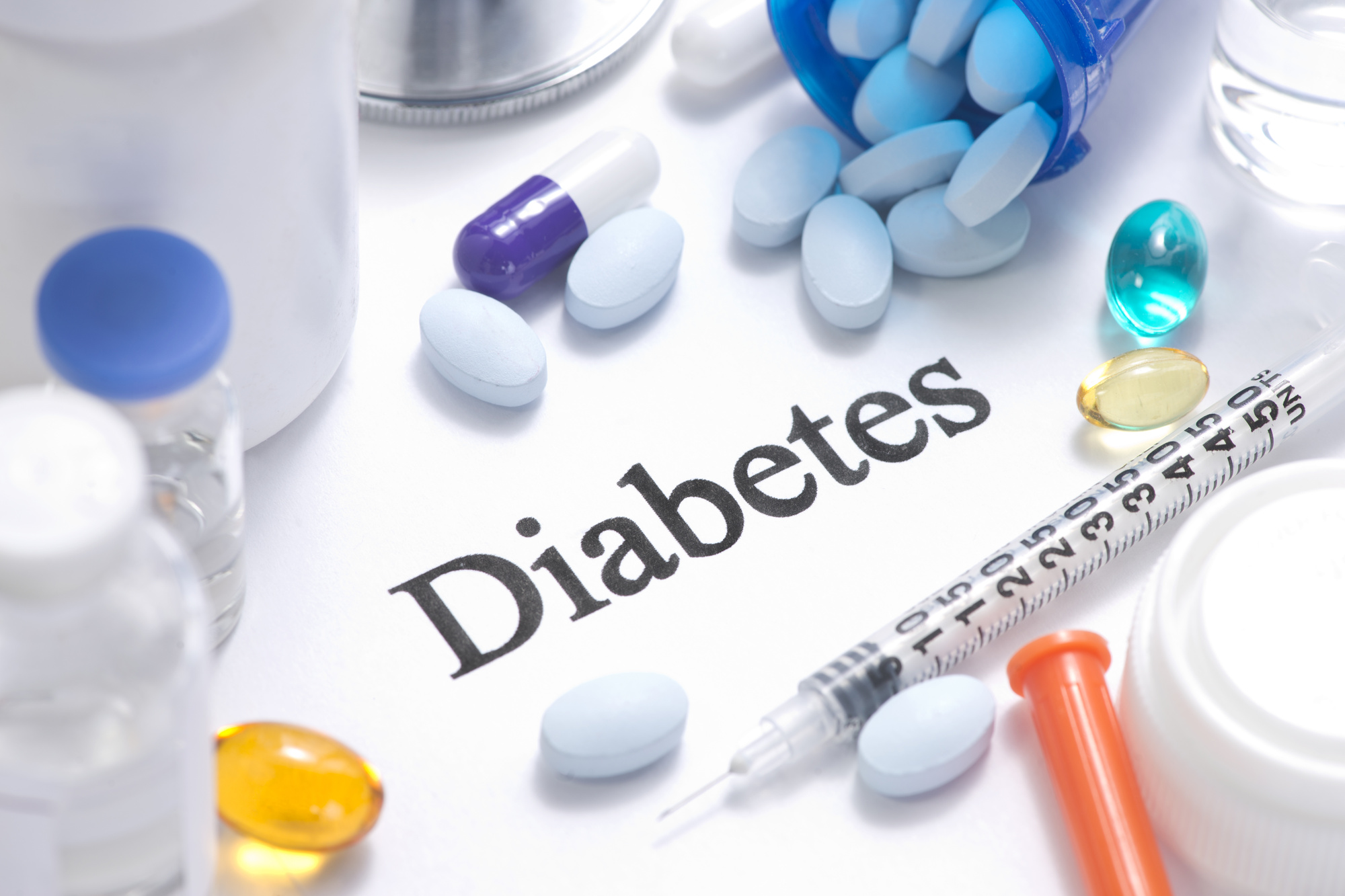The Difference Between Type 1 and Type 2 Diabetes

Diabetes is a major health problem. According to the CDC, more than 34 million people are diagnosed with the condition.
Left untreated, it can lead to various complications including neuropathy, cardiovascular disease, and kidney disease. In some cases, it can even increase your risk of Alzheimer’s.
And while there’s no cure, there are ways to keep it under control.
Interested in learning more about the condition? Want to know the difference between type 1 and type 2 diabetes? If so, you’re on the right page. We’ll be going over everything that you need to know below.
Keep reading to learn more!
What Is Diabetes?
Diabetes is a metabolic disease that causes an increase in blood sugar levels. This can be due to two things—either your body can’t produce insulin or it can’t use it effectively.
Over time, this increase in blood sugar can cause various health problems.
The Difference Between Type 1 and Type 2 Diabetes
There are two main types of diabetes—type 1 and type 2, both of which involve insulin.
Type 1 Diabetes: The cells in the pancreas doesn’t produce insulin or makes very little of it. As a result, blood sugar can’t enter the cells, which causes it to build up in the bloodstream.
Type 2 Diabetes: This condition occurs when the body becomes resistant to insulin. Because of this, the pancreas has to work harder to produce the hormone, which over time, can damage the organ.
Note: Another type is gestational diabetes, which can occur during pregnancy.
Who Gets Diabetes?
Type 1 diabetes is often diagnosed in early childhood. For this reason, it’s sometimes called “juvenile diabetes.”
In contrast, type 2 diabetes is typically diagnosed in adults. Having said that, it’s becoming more and more common among children.
What Causes Diabetes?
The cause of type 1 diabetes is unknown. With that said, it’s believed to be an autoimmune disease. That is, it occurs when the body’s immune system attacks the insulin-producing cells in the pancreas.
Similarly, the cause of type 2 diabetes is also unknown. However, various genetic and environmental factors may play a role.
For example, those who are obese or overweight are generally at a higher risk of developing the condition (carrying extra weight, especially in the abdomen, can make your body more resistant to the effects of insulin).
Diagnosing Diabetes
Diabetes is often diagnosed with an A1C test. A simple blood test, it indicates your average glucose level for the past 2-3 months.
As it is, anything below 5.7% is considered to be normal. Pre-diabetes would be anything between 5.7 and 6.4% while a number above 6.5% indicates diabetes.
Symptoms of Diabetes
The increase in blood sugar can lead to various symptoms such as increased thirst, frequent urination, extreme fatigue, blurry vision, and weight loss.
In some cases, it can also lead to yeast infections and urinary tract infections in women.
Note: Many people with type 2 diabetes won’t develop symptoms for many years. In fact, some might not have any symptoms at all. As a result, they might not discover the condition until they have complications.
In contrast, those with type 1 diabetes tend to develop symptoms quickly, usually over a period of several weeks.
Risk Factors For Diabetes
A number of factors can increase your risk of diabetes. For example, you’re more likely to get the condition if you’re over the age of 45, physically inactive, or have a parent or sibling with the condition.
Women who have had gestational diabetes during a past pregnancy are also at a higher risk. The same goes for those with high cholesterol or high blood pressure.
Treatment Options For Diabetes
There are various medications that can help control your blood glucose levels. Here’s a brief overview.
Type 1 Diabetes
Insulin is the drug of choice for type 1 diabetes. Basically, it replaces what your body isn’t able to make.
As it is, there are four types—short-acting insulin, rapid-acting insulin, intermediate-acting insulin, and long-acting insulin, some of which work faster than others.
Type 2 Diabetes
Lifestyle changes such as diet and exercise can help manage type 2 diabetes in some individuals. Others, however, will require medication.
Some examples include biguanides, DPP-4 inhibitors, alpha-glucosidase inhibitors, meglitinides, and sulfonylureas. Insulin is also an option.
Depending on the severity of the disease, you may need to take more than one of these drugs, sometimes in combination with insulin.
Potential Complications
High blood sugar levels can damage the tissues and organs throughout your body. Generally speaking, the higher the level, the greater the chance of complications.
For example, it can cause heart disease, stroke, nephropathy, hearing loss, foot damage, depression, and dementia. Foot damage such as sores and infections can also occur. To prevent this, you can get special shoes for diabetic feet.
Preventing Diabetes
There are steps that you can take to reduce your risk of type 2 diabetes. For example, it helps to eat healthy. Instead of eating highly processed foods, opt for vegetables and whole grains instead.
Moving more also helps—even a little bit each day can go a long way. If possible, try to aim for at least 150 minutes of aerobic exercise per week.
Understanding Type 1 and Type 2 Diabetes
And there you have it—a short guide on the condition. Hopefully, that gives you a better idea as to what the difference between type 1 and type 2 diabetes is.
Was this article helpful? Looking for more health-related posts like this? Then why not check out some of our other pages?



